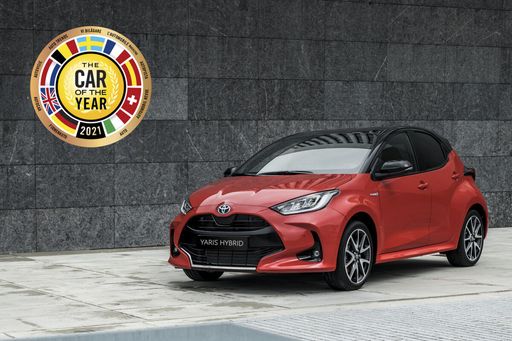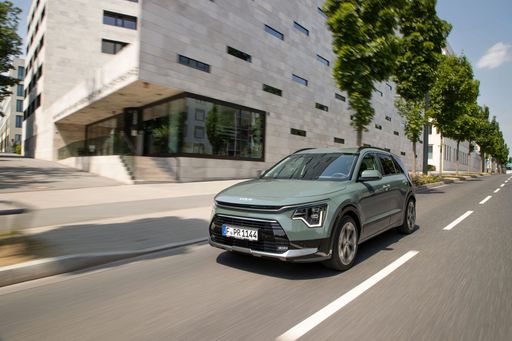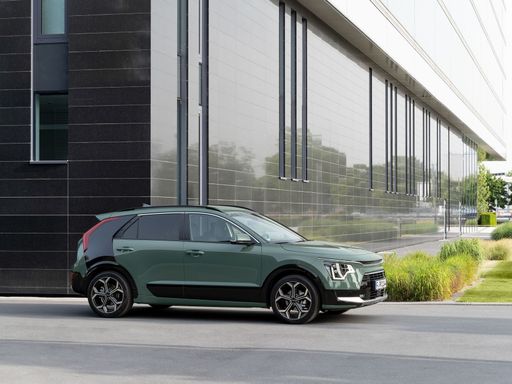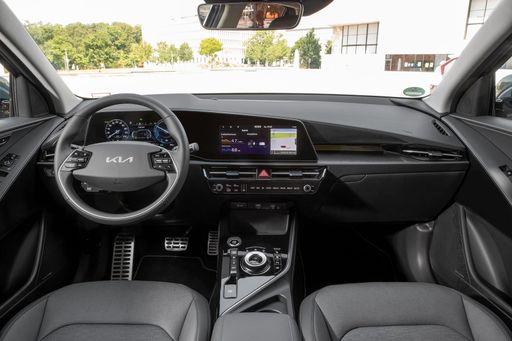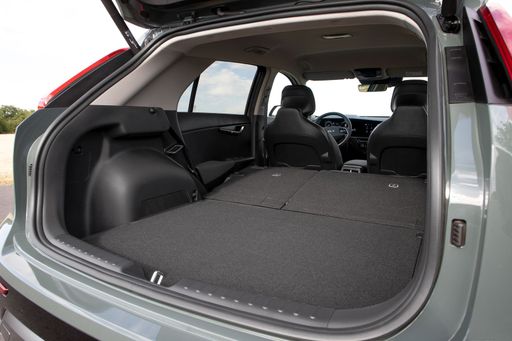Interior Comfort and Technology
Inside the Kia Niro, you’ll find a modern and spacious cabin boasting seating for up to five passengers. The trunk capacity of 451 liters is significant for this vehicle class, featuring practical cargo solutions for everyday use. Standard features are geared toward comfort, with a user-friendly infotainment system and advanced connectivity options.
The Toyota Yaris, a hatchback, feels nimble but may lack the cargo capacity of the Niro, offering only 286 to 141 liters depending on the variant. However, the interior is still surprisingly comfortable for up to five passengers. Technology in the Yaris incorporates Toyota’s latest safety systems, alongside an intuitive interface that enhances driver experience.

